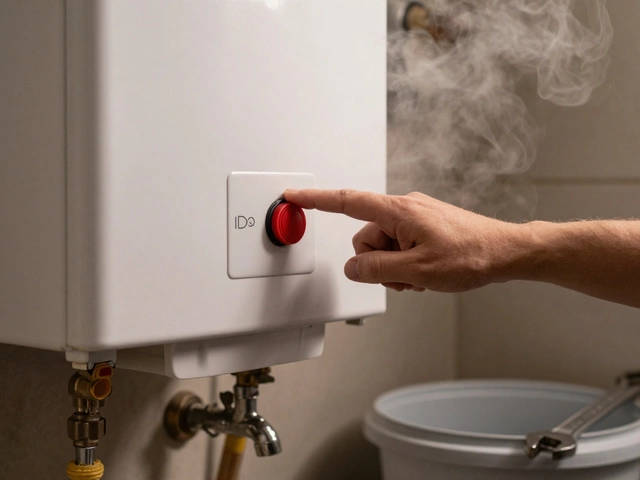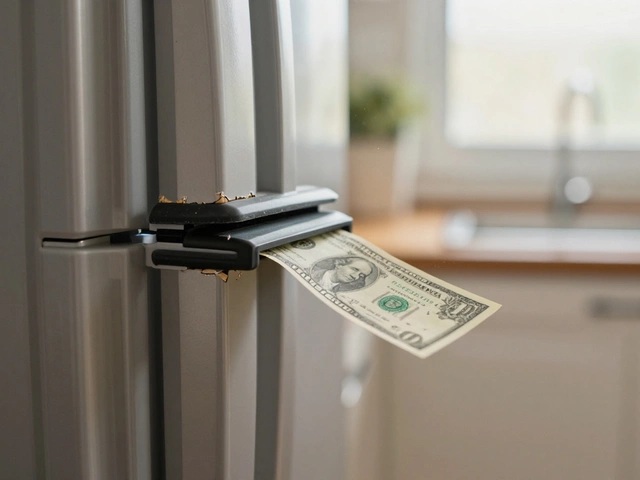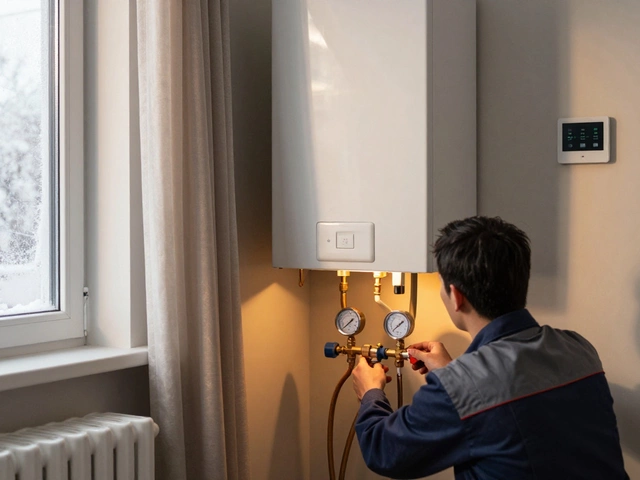Oven Element Cost – Quick Guide for Homeowners
When your oven stops heating, the first thing most people ask is, “How much will a new heating element cost?” The answer isn’t a flat number – it depends on a few easy-to‑understand factors. Knowing them helps you avoid surprise bills and decide whether a DIY swap or a pro call makes sense.
What Determines the Price?
1. Oven type and brand. A basic electric range from a supermarket brand will cost less than a high‑end convection oven from a premium manufacturer. Parts are priced to match the oven’s size, power rating, and how common the model is.
2. Element type. Most ovens use a simple metal coil, but some newer models have a ceramic or quartz element that runs hotter and lasts longer. Those specialty parts can add £20‑£40 to the cost.
3. Where you buy it. Ordering directly from the oven maker or an authorized dealer usually guarantees the right fit but may be pricier. Independent auto‑parts stores, online marketplaces, and local appliance shops often have comparable parts for 10‑30% less.
4. Labor costs. If you hire a technician, expect a call‑out fee (£40‑£60) plus hourly labour (£45‑£70). Some electricians charge a flat rate for the element swap, especially if the job is quick.
5. Location. Prices in coastal towns or remote areas can be a bit higher because of travel expenses.
All together, a standard electric oven element typically runs between £30 and £80 for the part alone. Add £70‑£120 if you need a professional install, and you have a total budget of roughly £100‑£200.
Saving Money on the Replacement
First, double‑check the exact model number (usually on a sticker inside the oven door) before you start hunting for parts. A wrong fit can waste both time and cash.
Second, compare prices online. Use search terms like “oven heating element your model number” and sort by price. Many retailers offer free shipping on orders over a certain amount – that can shave off another £5‑£10.
If you feel comfortable with basic tools, swapping the element yourself is straightforward. Most ovens have a single screw or two clips holding the old coil in place. Disconnect the power, remove the old part, plug in the new one, and you’re done. Plenty of short videos show the exact steps for common brands.
When you’re not sure about the wiring, call a local electrician for a quick check. A 30‑minute safety inspection often costs less than a full service call and can prevent costly electrical issues later.
Lastly, ask the installer if they can recycle the old element. Some shops give a small discount for returning the faulty part – it’s a win‑win for you and the environment.
Bottom line: a new heating element isn’t a hidden expense. With a clear model number, a quick price check, and a decision whether to DIY or hire help, you can keep the total under £150 in most cases. Your oven will be back to baking, roasting, and toasting again without breaking the bank.
Oven Heating Element Replacement Cost (2025): Parts, Labor, DIY vs Pro
- Alden Wilder
- Sep 16 2025
- 0 Comments
Real 2025 costs to replace an oven heating element: parts, labor, DIY vs pro, and when it’s worth repairing. Clear steps, price ranges, and pro tips.
View More




